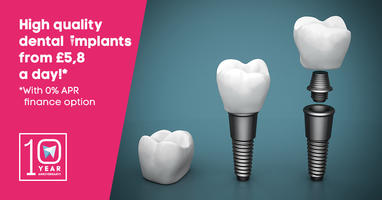If you are serious about dental care, and want to keep your teeth, you must floss. If you do not want to have any teeth extracted, you must floss. If you are worried about your oral hygiene, you must floss. Below are the main reasons why flossing is absolutely indispensable in the fight against tooth decay and in keeping your mouth fresh and clean. As a top Philadelphia dentist once answered when asked which teeth should be flossed: “only the ones you wish to keep”.

Why you must floss
Brushing your teeth with toothpaste and a toothbrush is not enough. In fact, flossing in itself is also not enough, and only regular check-ups at your local dentist every six months is the only way to make sure you have healthy teeth all the time. But your chances of keeping your teeth and not having them decay is much less if you floss. Here is why:
The cracks of your teeth are where decay starts most frequently. This is the place where light cannot penetrate, that stays wet when the rest of your mouth dries out, where food particles stay for the longest, and is the place which has the highest concentration of bacterial life. This place cannot be cleaned without floss or an interdental toothbrush.
Food particles are sometimes bigger than you think, and although you think you may have removed all of them, in reality you may have not, and some of it may still be stuck. Very surprising stuff can be pulled loose with dental floss sometimes. Certain foods, like corn on the cob, starchy foods and anything that is stringy is very likely to get caught up or around the tooth.
Using a toothpick just jams the bacteria into the gum line and under the teeth, while dental floss actually removes the bacteria.
People who floss experience less tooth decay, less periodontitis, and in turn, less of all of the other things that these diseases are associated with, like arteriosclerosis, for example.
Flossing is the only way to prevent bad breath. If you haven’t flossed in a while try this, insert a piece of floss between the two teeth that you think are the cleanest, pull it out, and smell the floss. This is what your breath smells like if somebody get up close and personal.
Proper technique
The correct way to floss is to insert the floss as close to the gum as possible. When pulling, try to pull up, but if you cannot, make sure you do not push down on the gums, as this will cause plaque and bacteria to be mushed into the alveolar region, where it can potentially cause damage. Make sure you only use one bit of floss on one tooth, and then move onto the next, as reusing the same piece of floss will only give the bacteria a free ride to other parts of your mouth.
Image: 1.

